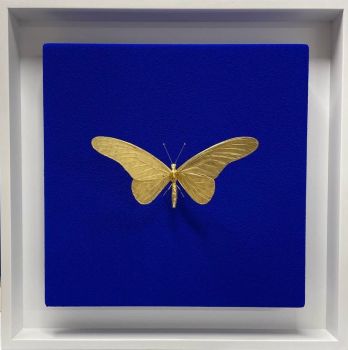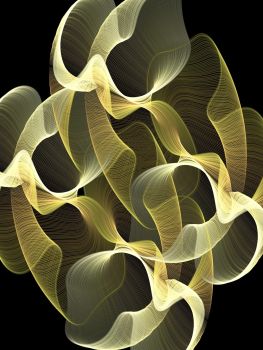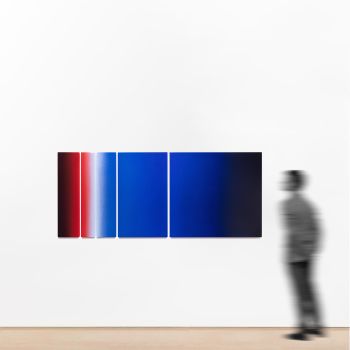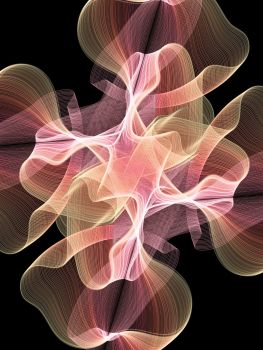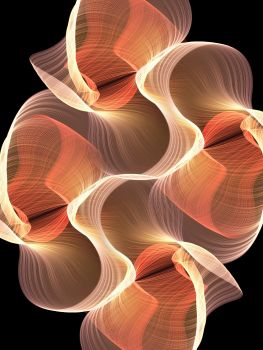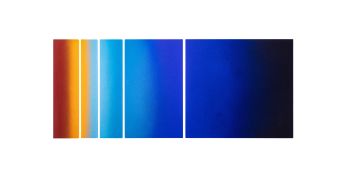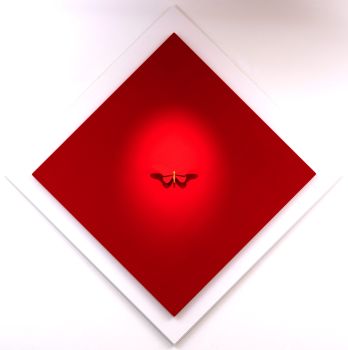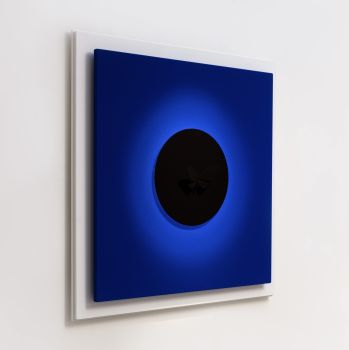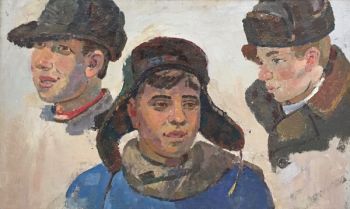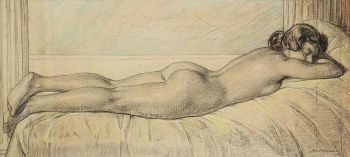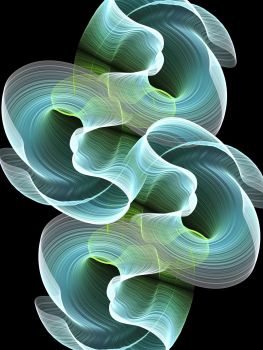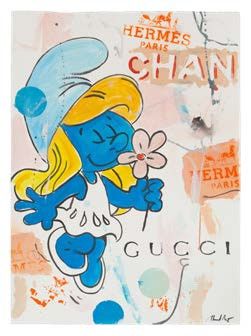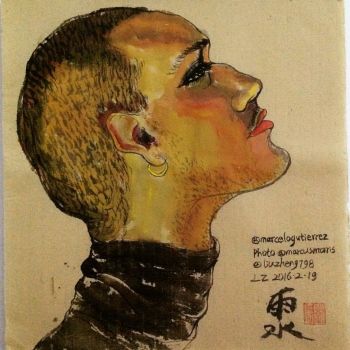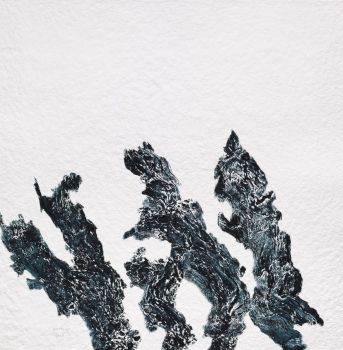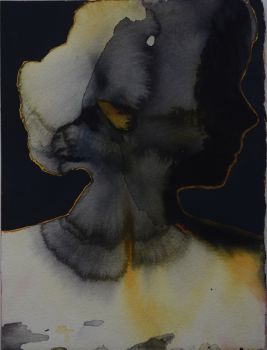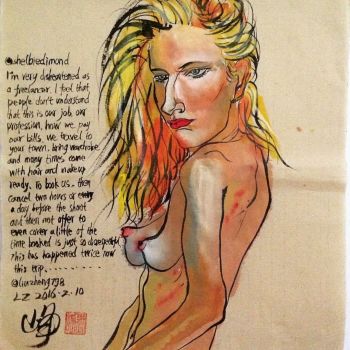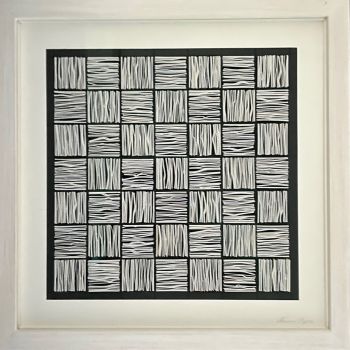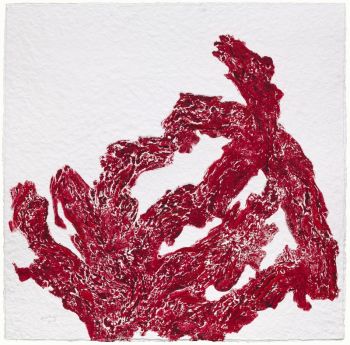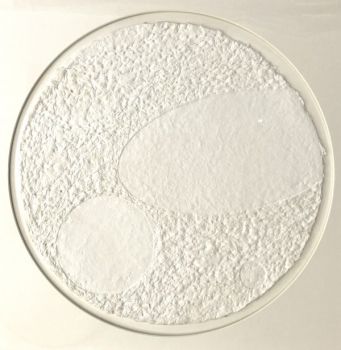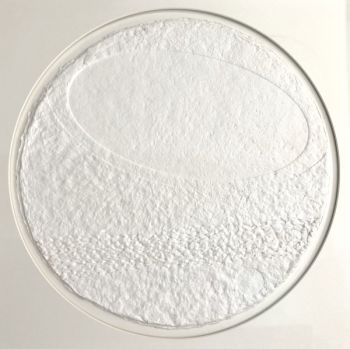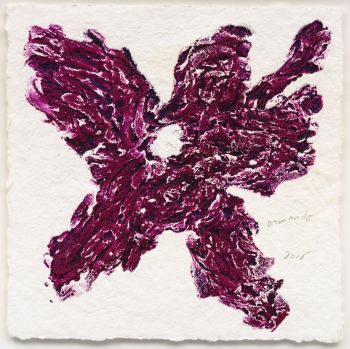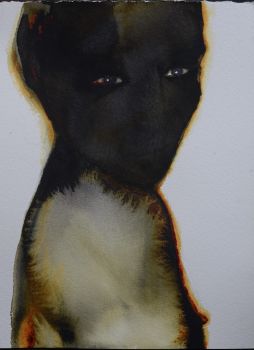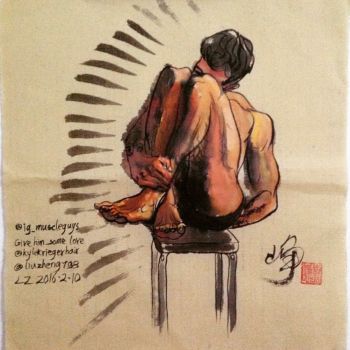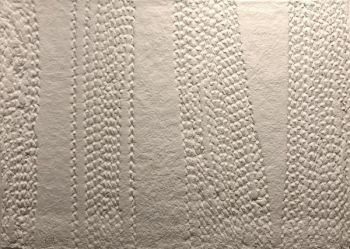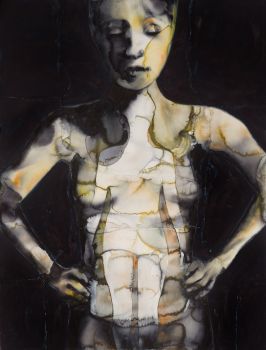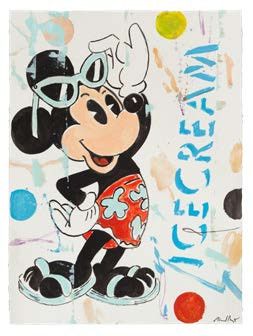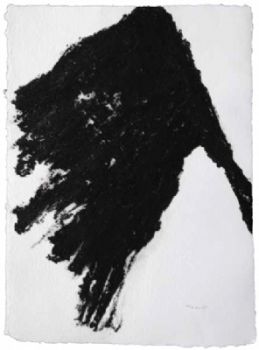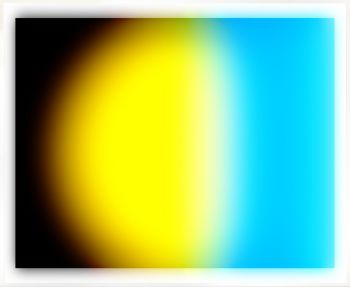Master treatise on optics that synthesized the works of Ibn al-Haytham (Alhazen), Euclid, Vitellion 1613
François de Aguillon
PapelPapel hecho a manoCuero
Actualmente no disponible a través de Gallerease
- Sobre la obra de arteOpticorum libri sex. Philosophis iuxta ac mathematicis utiles.
Antwerp, Ex officina Plantiniana, widow & sons of Jan Moretus, 1613. Folio. With large woodcut printer's device on recto of last blank, engraved allegorical title-page by Pieter Paul Rubens, 6 allegorical half-titles engraved by Theodore Galle after designs by Rubens, and over 600 woodcut illustrations and figures in the text. Contemporary vellum.
First edition of a classic on optics and perspective by the Jesuit François de Aguilon (1566-1617). The work, one of the few books illustrated by Pieter Paul Rubens, is a landmark in Baroque book illustration and presents a master work in optics. Aguilon was charged with the project of organizing in Belgium the teaching of exact sciences useful in commerce, geography, navigation, architecture and military engineering, which led to the composition of the present "master treatise" (DSB) on optics that synthesized the works of Euclid, Alhazen, Vitellion, Roger Bacon, Pena, Ramus, Risner and Kepler. Of special and the greatest interest are the fine allegorical title, providing a series of ingenious references to the alliance of vision and reason, and the beautiful perspective designs at the heads of each part, all designed by Pieter Paul Rubens. Some professional restorations to binding; some slight traces of use. Fine copy of a classic on optics which influenced numerous 17th-century artists and scientists.
De Backer & Sommervogel I, col. 90; DSB I, p. 81; Honeyman 43; Kemp, Science of Art, p. 101 ff., et passim; Poggendorff I, col. 18; Sotheran 43-44; cf. Exhibition Cat. P.P. Rubens als boekillustrator (Antwerpen 1977), pp. 21-26, 3a-3j. - Sobre el artistaFrançois de Aguilon (1567, Bruselas - 1617) fue un matemático, físico y arquitecto belga. Su padre fue secretario de Felipe II, rey de España. En 1586 se convirtió en jesuita en Doornik (Tournai). En 1598 se trasladó a Amberes, participando en la planificación y construcción de Carolus Borromeuskerk (iglesia Carolus Borromeus). En 1616 fundó una escuela especial de matemáticas en Amberes. Su libro Opticorum libri sex philosophis iuxta ac mathematicis utiles ("Seis libros de óptica, útiles para filósofos y matemáticos") fue publicado por Balthasar I Moretus en Amberes en 1613. Fue ilustrado por PieterPaul Rubens. Christiaan Huygens se inspiró en este libro.
Artwork details
Categoría
Tema
Material y Técnica
Related artworks
Engelbert Kaempfer
LIBRO DE ENGELBERT KAEMPFER1651 - 1716
Precio a consultarZebregs & Röell - Fine Art - Antiques
Antonie Derkinderen
Memory book Exhibition of Dutch Painting1892
Precio a consultarKunsthandel Pygmalion
Tilmanus Nicolaus Maastricht
Missale Romanum con monturas de plata holandesas1788 - 1792
Precio a consultarJacob J. Roosjen SRI
LAWRENCE WEINER
"SKIMMING THE WATER [MENAGE A QUATRE]" Signed book plus small artwork2010 - 2014
Precio a consultarGallerease Selected
Engelbert Kaempfer
LIBRO DE ENGELBERT KAEMPFER1651 - 1716
Precio a consultarZebregs & Röell - Fine Art - Antiques
Antonie Derkinderen
Memory book Exhibition of Dutch Painting1892
Precio a consultarKunsthandel Pygmalion
Yoko Ono
YOKO ONO: "ARISING" SIGNED BOOK PLUS SMALL ARTWORK 2010 - 2014
Precio a consultarGallerease Selected
Tilmanus Nicolaus Maastricht
Missale Romanum con monturas de plata holandesas1788 - 1792
Precio a consultarJacob J. Roosjen SRI
Hermann Nitsch
"UNDER MY SKIN" Signed book incl. small artwork and DVD in a matching box2010 - 2014
Precio a consultarGallerease Selected
1 - 4 / 22- 1 - 4 / 14
- 1 - 4 / 24

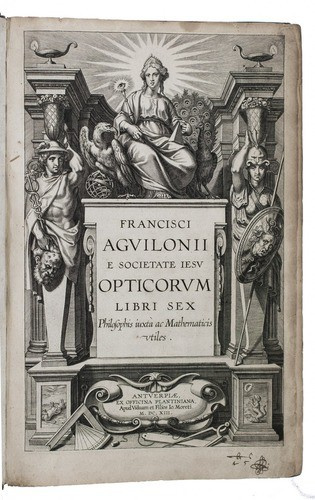










!["SKIMMING THE WATER [MENAGE A QUATRE]" Signed book plus small artwork by LAWRENCE WEINER](https://media-2.gallerease.com/images/442bfd5f-fc31-4e18-a2fa-ee0c08eade64/350x350/skimming-the-water-menage-a-quatre-signed-book-plus-small-artwork.jpg)












